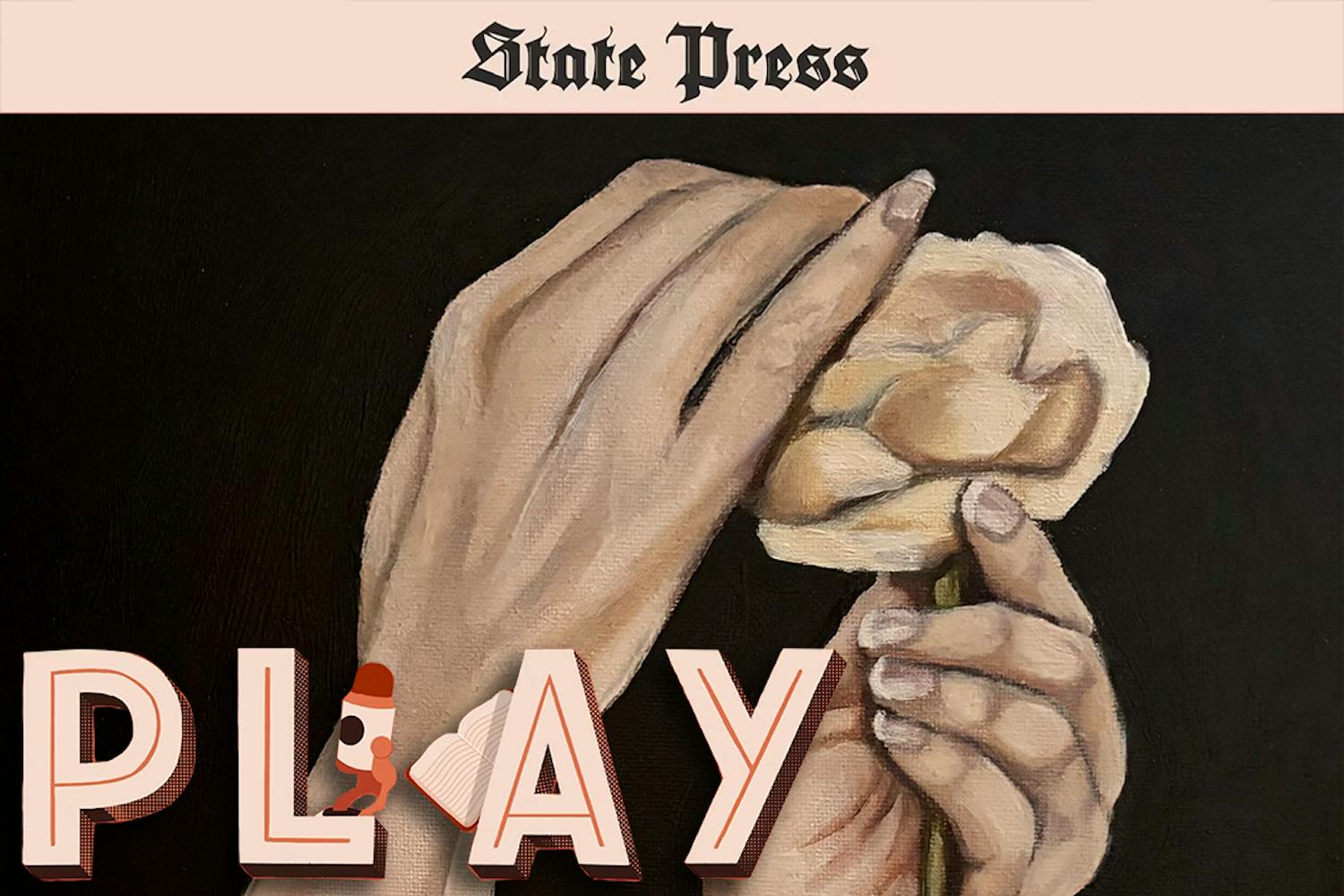Loop 101 could be lit up by photo radar as soon as January 2006 if the Scottsdale City Council approves its use next month.
If passed, Scottsdale would establish a nine-month trial stage for photo radar along Loop 101, from Scottsdale Road to 90th Street.
The cameras would photograph anyone going 11 mph or more over the speed limit.
There would be a 45-day public awareness program before the radar is installed, which would include signs along the freeway and information on the city's Web site.
The council will review the proposed photo radar program on Oct. 11 and vote on the issue Oct. 18.
Scottsdale's general manager for transportation, Mary O'Connor, said the city has been looking into photo radar for the freeway for over two years.
Speeding is a big concern for Scottsdale residents, she said.
"Higher speeds mean higher damage," she said.
City Councilman Kevin J. Osterman said he might not personally like photo radar, but he does support the proposal.
"We have a responsibility to protect the citizens of Scottsdale," he said. "Nothing else is working."
There are not enough officers to keep the freeway safe from collisions caused by speeding, Osterman said.
Photo radar is installed in other parts of the city, like the intersection of Cactus Road and Scottsdale Road, and it increases safety, he added.
Whitney Meshay, a political science freshman, said she thinks it's unfair if cameras catch people who speed just to keep up with traffic.
"[Radar] is probably better for the people going 90 or 100," she said.
Sam Wake, an art junior, said she drives on the 101 frequently and doesn't think photo radar will have any effect.
"I heard it's kind of a scam," she said.
Wake was caught by Scottsdale radar on Frank Lloyd Wright Boulevard and never paid the ticket, she said.
"It seems people can get out of it," she said.
Members of the state Legislature also opposed photo radar and tried to derail the plan last session.
Sen. Thayer Verschoor, R-Gilbert, introduced Senate Bill 1164, which would have stopped any city from installing photo radar on a state highway.
Supporters of that bill said Scottsdale was merely trying to increase its revenue from tickets.
"This is a tremendous cash cow for the city," Sen. Dean Martin, R-Phoenix, told The State Press in February.
The bill ultimately failed in the Legislature.
Legislators opposed the plan because they wanted to speed themselves, Osterman said.
"State legislators have a tendency to personalize the issues," he said.
The Legislature's concerns don't add up because the city wouldn't make any profit, O'Connor added.
"This is designed to be revenue neutral," she said.
Additional tickets wouldn't increase profits because the city uses the money to pay for the ticketing process, such as court fees and police officers, O'Connor said.
The cameras and ground sensors would be contracted out to Redflex, the company that installs all the city's photo radar, O'Connor said.
Redflex would finance the installation and recoup its funds from ticket revenue. Its money would come out of the city's percentage, which is 47 percent.
The fine for speeding is $157.
The state receives 46 percent, and the rest goes into a modulated court enhancement fund.
The program would be deemed a success and continued after nine months if there are fewer accidents and fewer speeders, O'Connor said.
Reach the reporter at michael.famiglietti@asu.edu.



